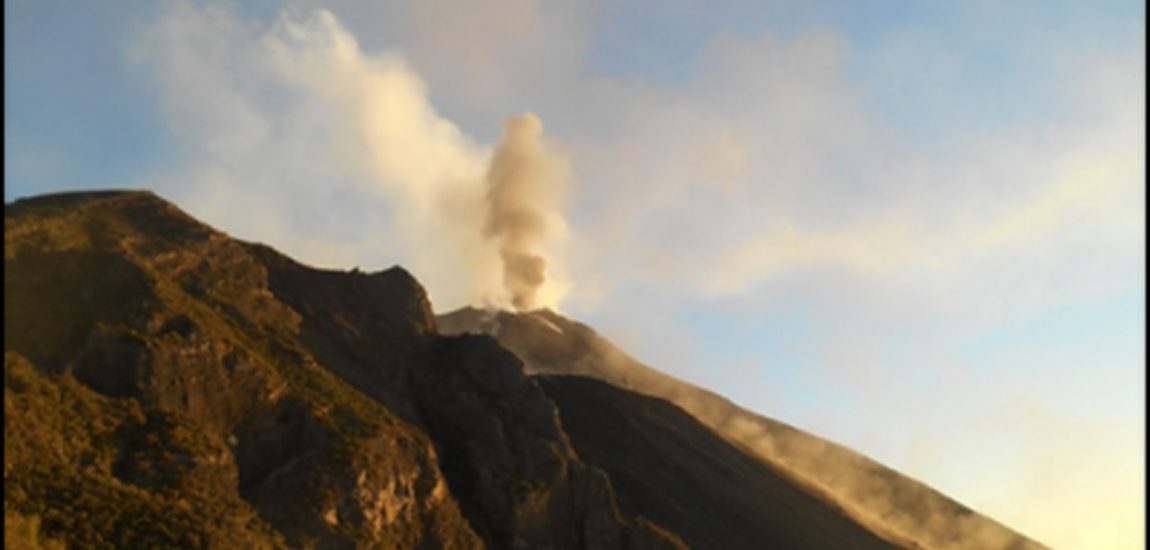
From ice to volcanic ash: adventures of the next generation of scientists
In September 2014, 3 students benefited from the EAG Student Sponsorship Program and recount their experiences below. Joshua Blacker and Stefanie Lutz attended the International Glaciological Society conference, and Elena Maters attended the VERTIGO workshop focused on the study of volcanic ash.
The International Glaciological Society British Branch (IGSBB) is an annual conference that is hosted by glaciology departments from around the UK. On this occasion the University of Bristol hosted it over a four-day period, with 300 British and international academics in attendance. The first two of the day’s had talks and a poster session on the Arctic and the remaining days on Antarctica. The conference attracts academic with an array of different interests but all with a common interest in the cryosphere.
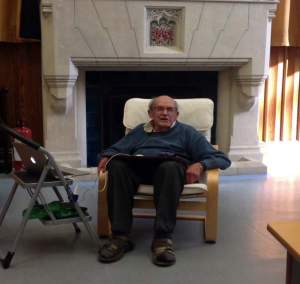
The IGS program on day one entailed talks focused on remote sensing, biogeochemistry in the morning and early afternoon. At lunch PhD and Post-doc alumni from the University of Bristol discussed “life after a PhD” as part of the early career scientist group. It was interesting to hear of the variety of carer paths available after a PhD. The highlight of my day was a fantastic talk from John Nye, the ex-IGS president renowned for applying plasticity to understand glacier flow.
Following the day’s talks there was a one-hour poster session, in which I presented my poster on “A geochemical approach to understating Arctic soil formation following deglaciation”. It was well received and feedback from my initial result was positive. After a day of excellent science the day finished with a boat tour around Bristol harbour and the IGS society dinner.
Although our group (Professor Liane. G Benning, Mrs Stefanie Lutz and myself) from the University of Leeds were interested in all aspects of the research being presented and discussed at the IGS conference, we were specifically interested in the talks on biogeochemistry, as this topic was the most relevant to our research. Therefore, due to time restraints we decided to stay for the first day of the conference. The biogeochemical talk were orientated towards: glacial sediment fluxes into proglacial streams, bioalbedo on the surface of ice-sheets and glacier and Arctic soil formation – delivered by Prof. Alex Anesio, PI of the NERC consortium Arctic Soils I belong to. From listening to these talks I was reminded of the importance of temporal and spatial patterns in meltwater flux from glacier and ice-sheets. This is important to consider in my study (on Arctic soil formation) as the particulate and dissolved sediment flux from glacier in part feed glacial forefield through the supply sediment in groundwater and proglacial streams.
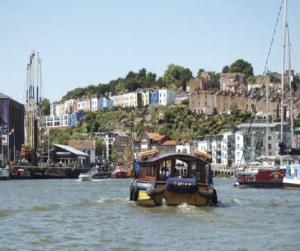
About the author
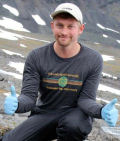
Joshua Blacker is a first year PhD student currently researching how Arctic soil forms in response to the deglaciation of ice-‐masses. My research interests are using geochemical approaches to understand environmental process, specifically in the cryosphere.
Thanks to the support from the European Association of Geochemistry I was able to attend the International Glaciology Society British Branch (IGSBB) meeting which took place on 8-9 September at the Bristol Glaciology Centre.
The meeting was very multi-disciplinary with topics ranging from remote sensing to geophysics, hydrology, palaeo-climate and biogeochemistry – all related to the polar regions. It was very interesting to hear from and meet people from such different backgrounds trying to tackle similar research questions, exchanging ideas and learning from each other.
My research is about the biogeochemistry of Arctic glacial surfaces and nobody else (except my supervisor) is working on a similar topic at my University, so it was great to listen to talks and look at posters that were very relevant to me. I was also presenting a poster on my PhD research and during the poster session I had inspiring discussions and got useful feedback.
My favourite talk was given by Lori Ziolkowski talking about the necessity to collaborate on what is causing “dark snow” – a hot topic in the glaciology world at the moment. The darkening of glacial surfaces and decrease in surface albedo has been related to inorganic light-absorbing impurities such as black carbon for a long time and the contribution of microbial processes in snow and ice (e.g., pigmented snow and ice algae) has been neglected. The biological albedo component needs to be incorporated into albedo and climate models – an issue I am also very interested in and I am working on in my PhD.
It was also fascinating to listen to John Nye (photo above) who was the first to apply plasticity to understand glacial flow and who was talking about his over 70 years in research (and still carrying on). The talk was followed by a boat trip around the harbour area, the conference dinner (also on a boat) and more networking in the Bristol pubs.
All in all two very inspiring days and I would like to thank the EAG for giving me this opportunity.
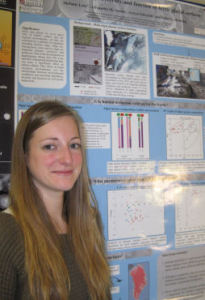
About the author
Stefanie Lutz is a PhD student in the Cohen Geochemistry group in the School of Earth & Environment at the University of Leeds. She is supervised by Liane G. Benning, Alexandre M. Anesio (University of Bristol) and Fiona Gill and is working on the biogeochemistry of glacial surfaces.
With the help of EAG Student Sponsorship I attended the 1st VERTIGO workshop from September 27-October 2 on Stromboli Island entitled Monitoring of explosive eruptions and proximal deposits: Do we already understand everything we see? The workshop was held by the VERTIGO Marie Curie Initial Training Network and provided a comprehensive introduction to the study of volcanic ash, from source to sink.
I participated in the workshop as an external student and had the opportunity to interact with a dynamic group of researchers, including the thirteen new VERTIGO PhD students and their supervisors, based across nine academic institutions in Europe. The workshop provided an invaluable interdisciplinary perspective of volcanic processes through a series of talks by the volcanologists covering topics such as Ash and the Environment, Ash Aggregation Processes, and Air-borne Ash Detection. A representative from the Istituto Nazionale di Geofisica e Vulcanologia (INGV) also highlighted how the Italian Civil Protection deals with the ongoing eruptive activity of Stromboli volcano and gave us a tour of the observatory where Stromboli is continuously monitored.
The workshop location near an active volcano provided a unique opportunity to see in real life some of the concepts presented in the talks. We took a boat around the island to catch a view of the Sciare del Fuoco where we were able to witness sporadic eruptions producing small volcanic ash clouds and volcanic bombs which tumbled down the steep slope and into the sea. We also visited an outcrop where we had an exercise in identifying field deposits including drawing and describing important geological features. Another evening we hiked partway up Stromboli volcano at sunset to watch the orange lava flow glowing in the darkness. Unfortunately the original plan to hike to the summit had to be cancelled due to the summit being declared off-limits by the INGV- a shame given that the workshop location was chosen to observe Strombolian activity, but a good example of how even the experts can’t always predict a volcano’s behaviour!
Overall the 1st VERTIGO workshop was a fantastic six days spent learning about volcanic ash and interacting with experienced scientists and other early stage researchers like myself, all in the shadow of what the INGV calls “the most beautiful active volcano in the world”. To find out more about the VERTIGO ITN please visit www.vertigo-itn.eu.
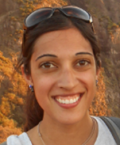
Elena Maters is a British student in the third year of her PhD studies at the Earth & Life Institute, Université catholique de Louvain, Belgium. Her research aims to improve knowledge of controls on the surface reactivity of volcanic ash during its transport from magma source to ocean sink. Specifically, she is interested in understanding factors in the volcanic plume and cloud which influence iron and silicon solubilisation in airborne ash. This could have important implications for assessing potential impacts of ash fallout on the oceanic iron and silicon biogeochemical cycles and, by influencing the biological pump, ultimately the global climate.
